A brief history of the banner: after the unfurling ceremony the banner disappeared around 12 years later, and was lost until in 1950. It was discovered at the King’s Head Hotel, Grangetown; furled and lying in its dust covered box, in a sad state of decay. Sent to the Middlesbrough office and then to Union H.Q. in London in 1971. Proving too large for the union museum it returned to its box.
The Banner consists of a sheet of silk on both sides of which are painted various scenes in oils Over the years the panels cracked and the oils attacked the silk. The decision was made to send it to the Textile Conservation Centre at Hampton Court Palace where it was restored over a seven month period in 1989.
John Thomas has advised: “The Cleveland District of the Associated Iron and Steel Workers Banner, the gentleman seated at the rear with a beard was my Great Great Grandfather Edward Thomas (a member of the Northern Conciliation Board). He was born in Holywell Wales and is buried in Eston Cemetery, the grave stone was erected by his fellow workmen in recognition of his valuable services rendered as a representative.”
“
Courtesy of a collection of Eric Johnson; thanks to John Thomas for the update.
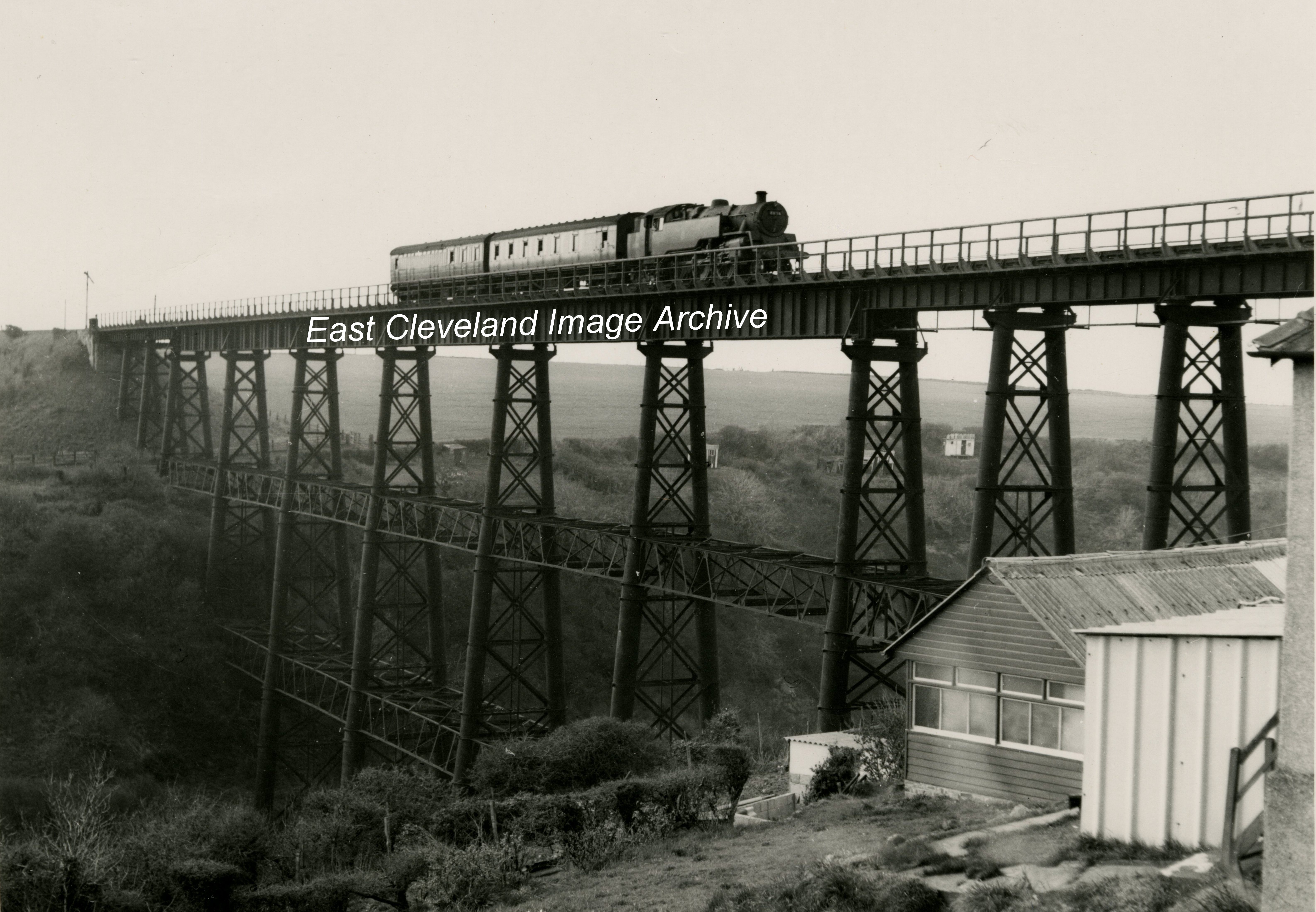
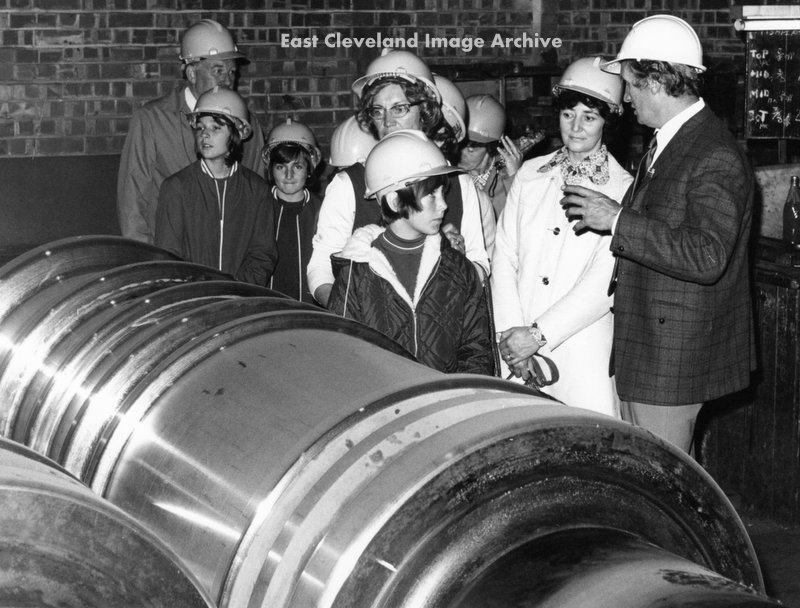
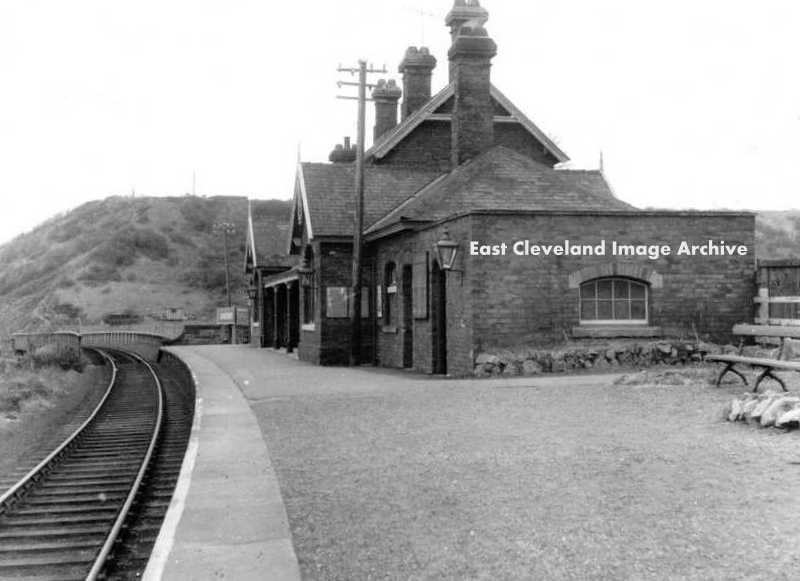
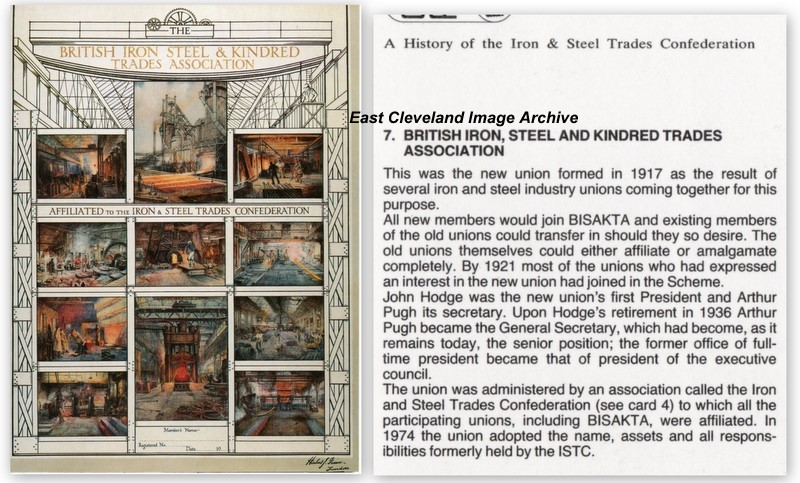
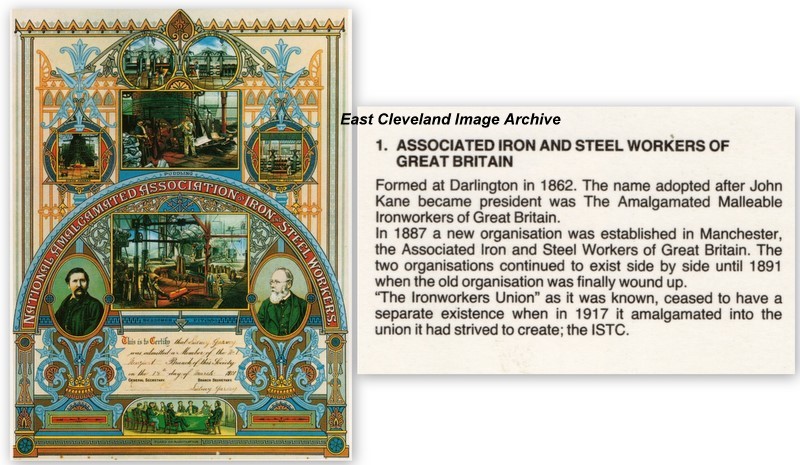
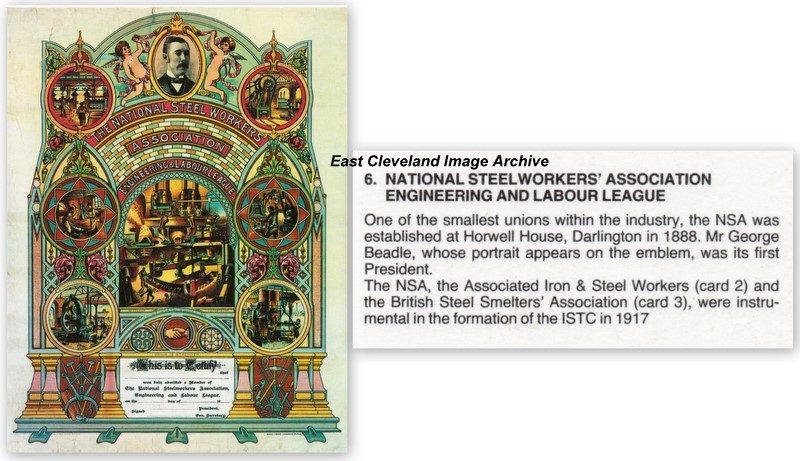
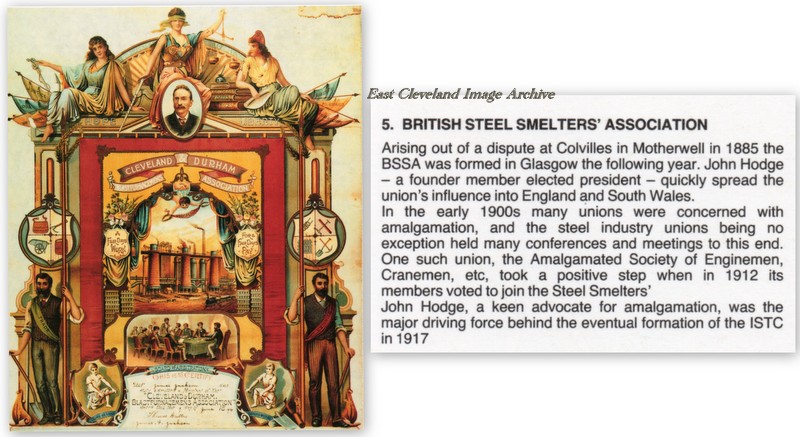
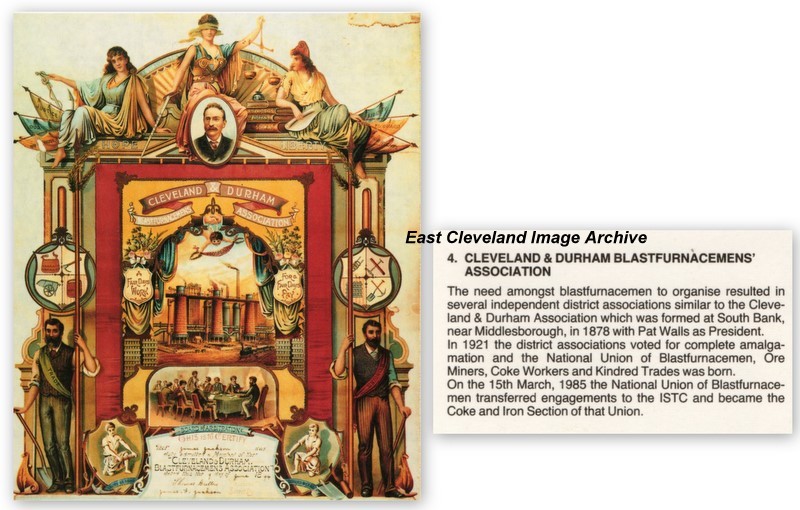
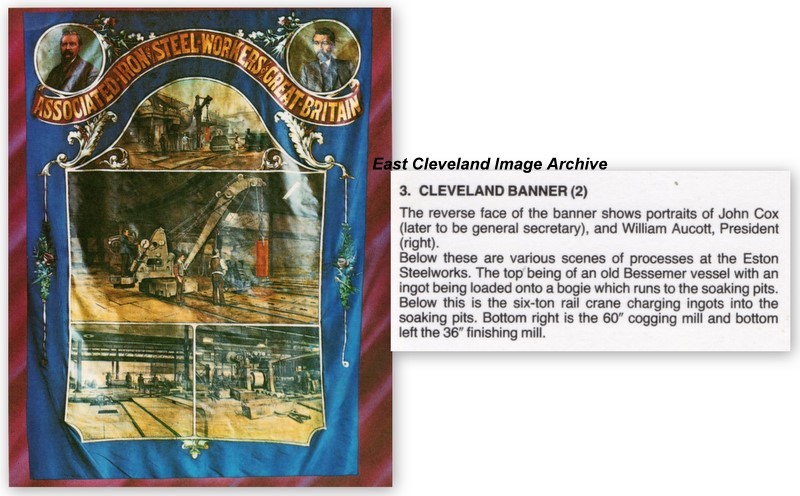
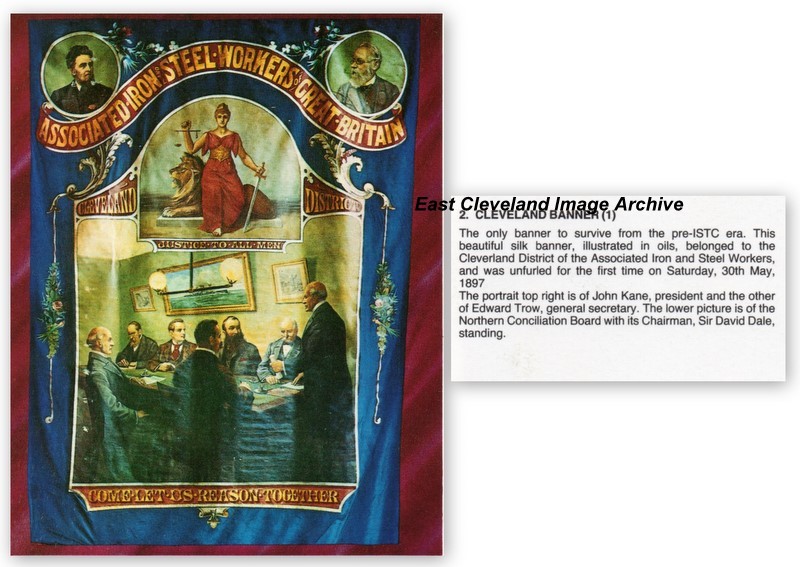
Recent Comments